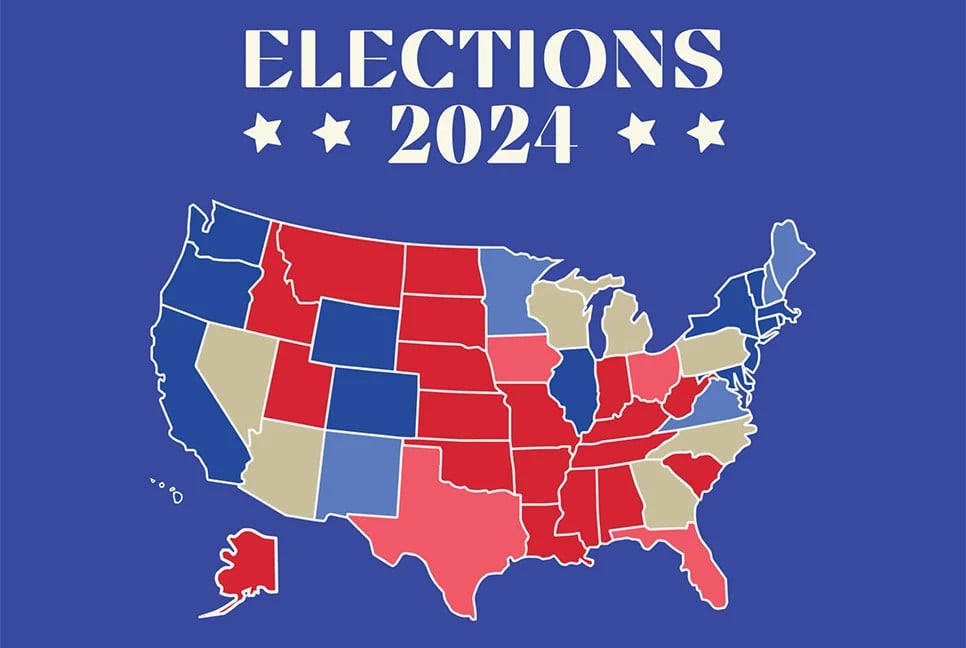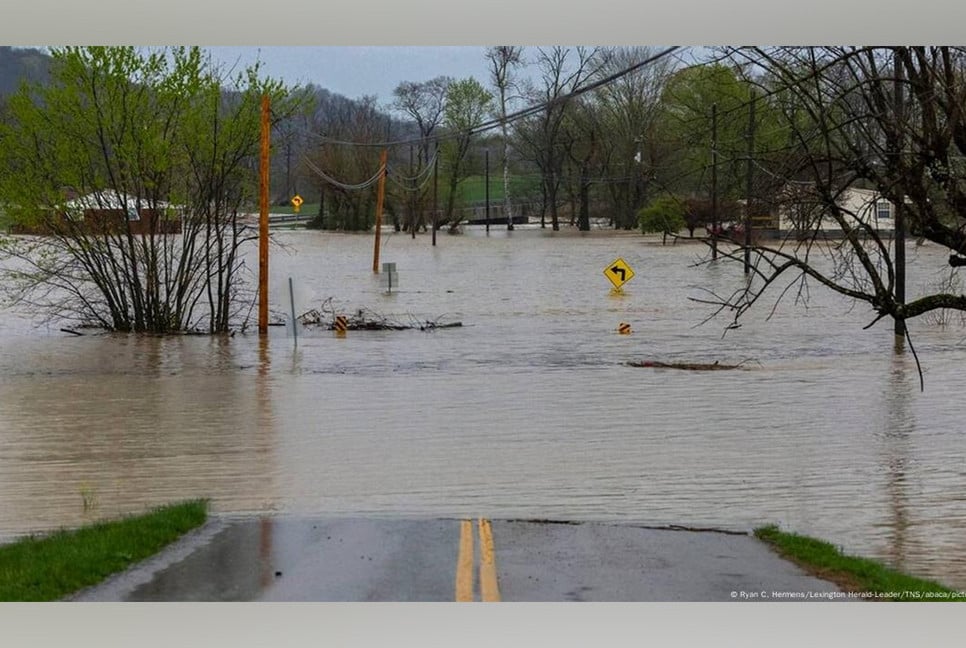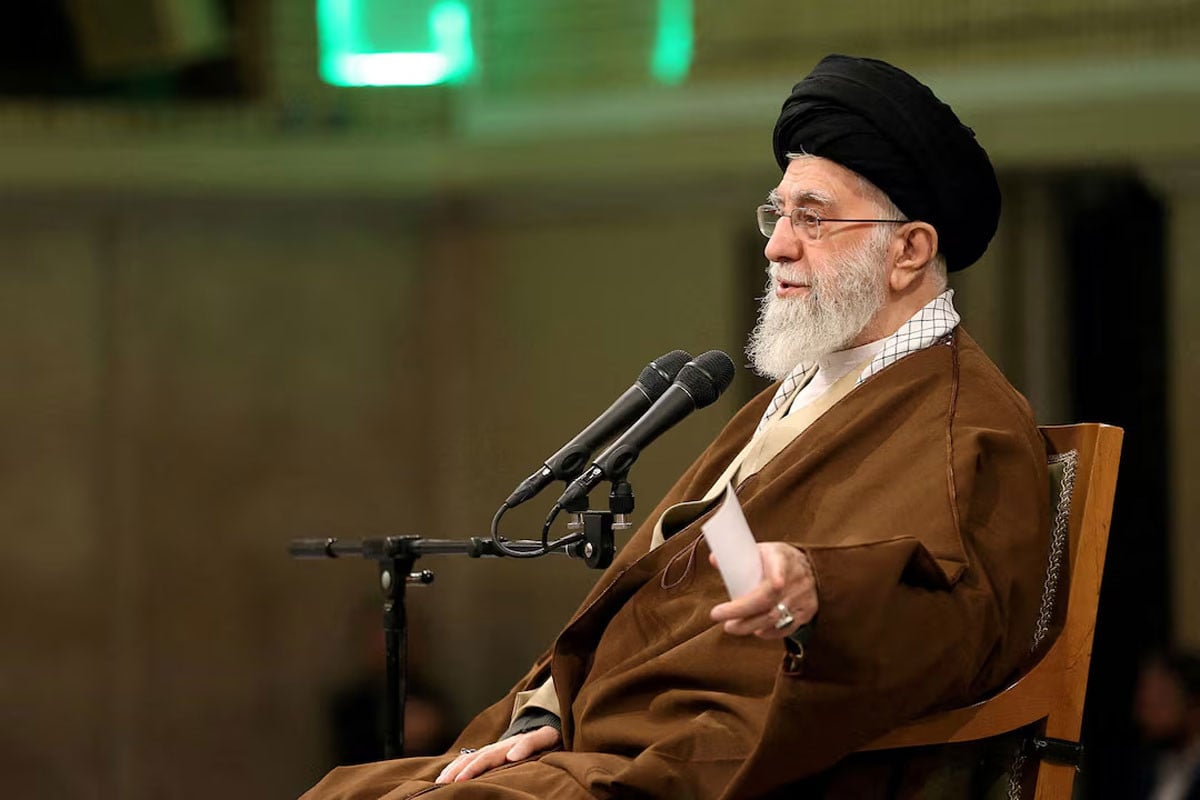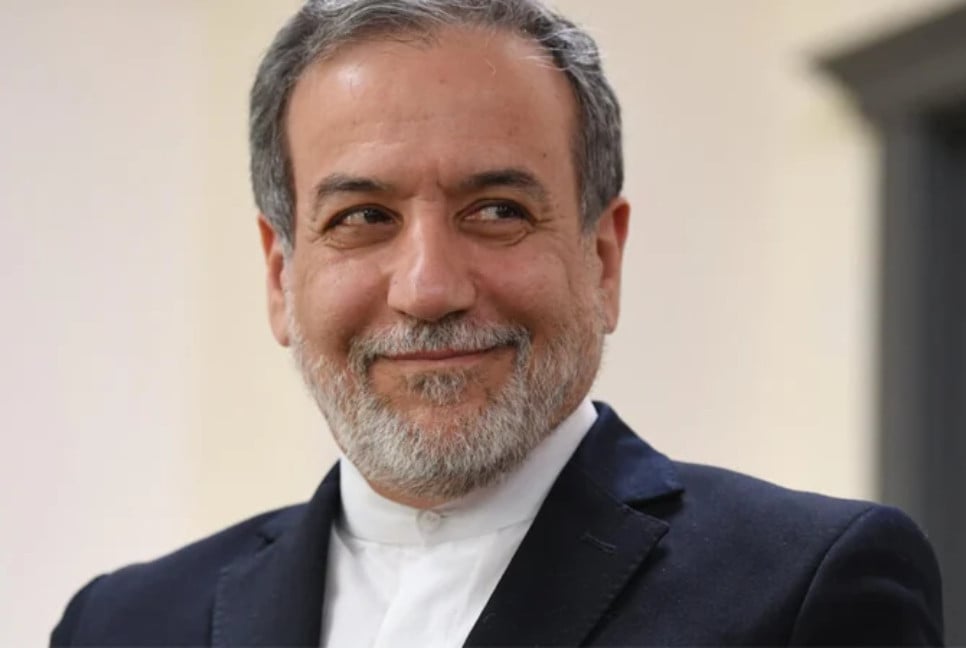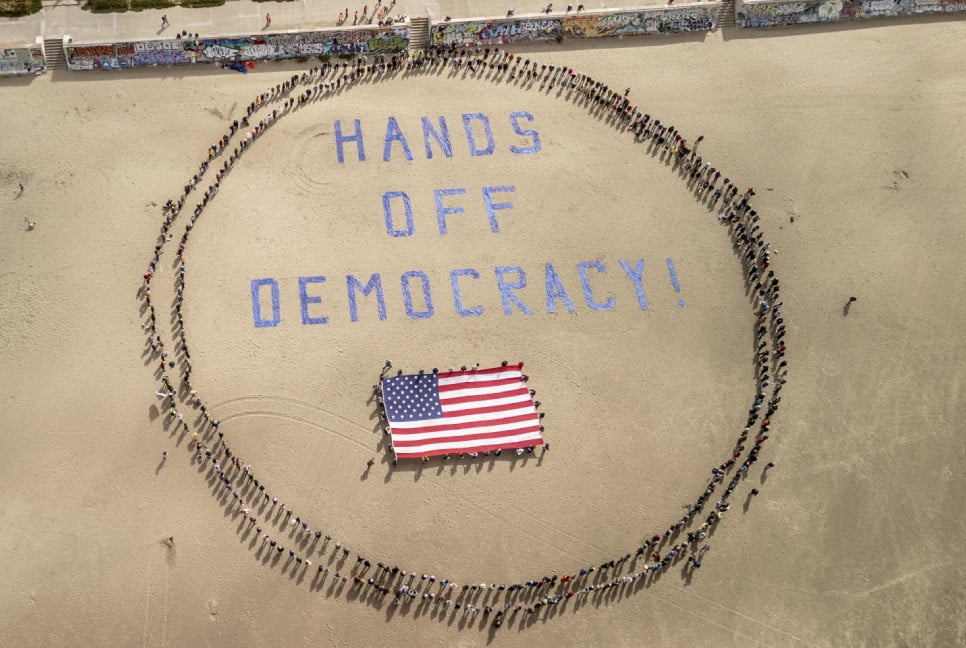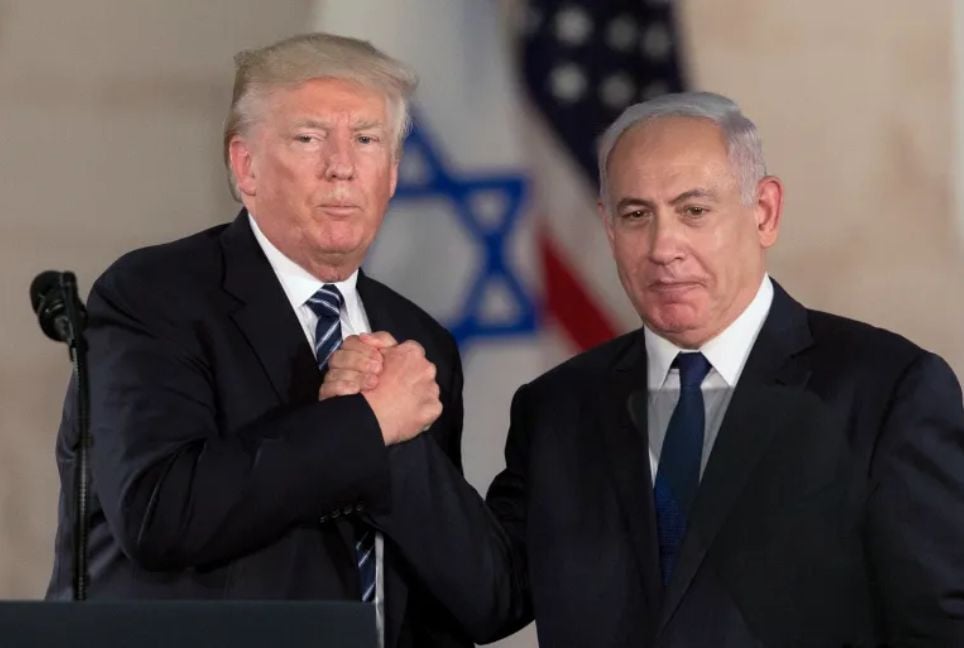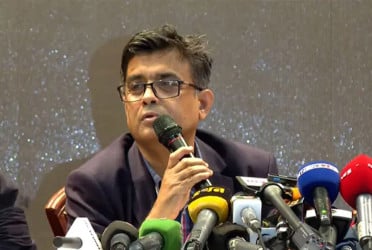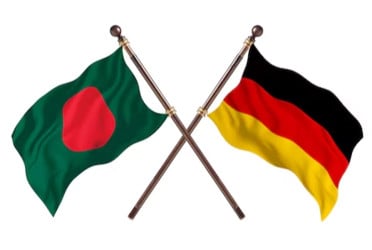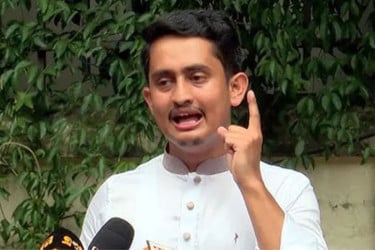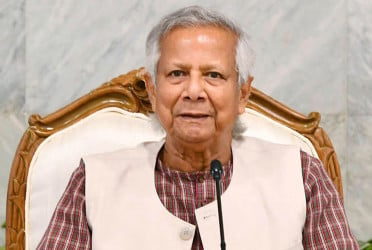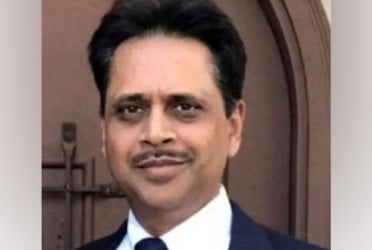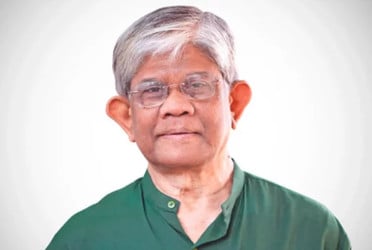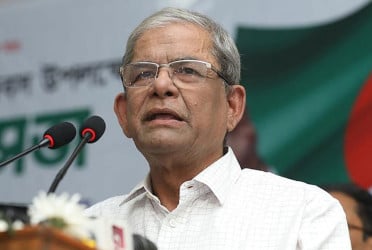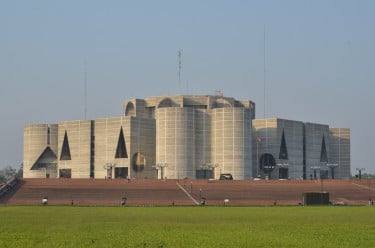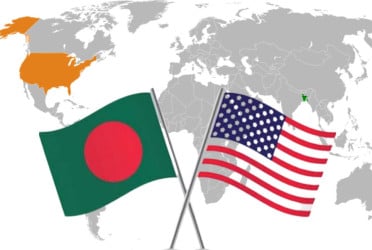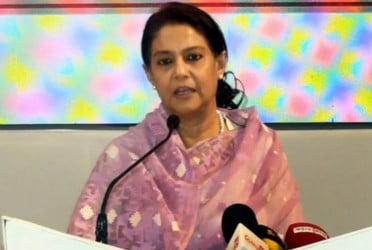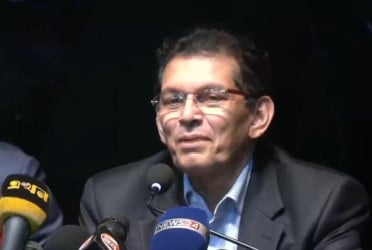Election fever peaks as the two leading candidates — Democrat Kamala Harris and Republican Donald Trump — vie for the presidency. U.S. voters will cast their ballots on Tuesday, November 5, to choose the country's 47th president.
In the U.S. presidential election, the Electoral College plays a pivotal role in determining the winner. Unlike the popular vote, it is the 538 electors who ultimately decide who becomes the next president.
The Electoral College is made up of electors from all 50 states, with each state's number of electors based on its total congressional representation (senators and representatives).
In the House of Representatives (the lower house of Congress), the number of representatives from each state is based on its population.
On the other hand, each state is allotted two seats in the Senate. In total, there are 435 Representatives from the 50 states, along with 100 Senators.
Additionally, the District of Columbia has three electors. Altogether, the Electoral College comprises 538 votes.
California, the most populous state, holds the highest number of Electoral votes, with a total of 54, while Vermont, the least populous, has only three.
To win the election, a presidential candidate must secure a majority, with at least 270 Electoral votes.
In all states, except Maine and Nebraska, Electoral votes are awarded on a "winner-takes-all" basis. This means that the candidate who leads in a state wins all of that state's Electoral votes.
Members of the Electoral College
Electoral votes are not cast by senators, representatives, governors, or other public officials. Instead, a separate group of electors is specifically chosen for this purpose.
The process unfolds in two stages.
The first stage is controlled by political parties. Prior to the general election, each party submits a list of their nominated electors, known as a "slate." When voters cast their ballots for president in the general election, they are essentially voting for the electors on that slate.
In most states, the electors from the party of the winning presidential candidate are the ones who are ultimately selected.
Presidential Election Process
The final decision on the U.S. president is made by the Electoral College, which is elected by the public.
After the general election, electors gather on the first Tuesday following the second Wednesday in December to cast their votes for president in a separate ballot. The vote is then counted during a joint session of Congress on January 6th, with the sitting vice president presiding over the process and announcing the official results.
Although this is the formal procedure, the outcome of the election is often clear soon after the general election, based on the results in each state. This is because political parties typically select electors who are highly loyal to the party and its candidate.
Bd-Pratidin English/ARK

